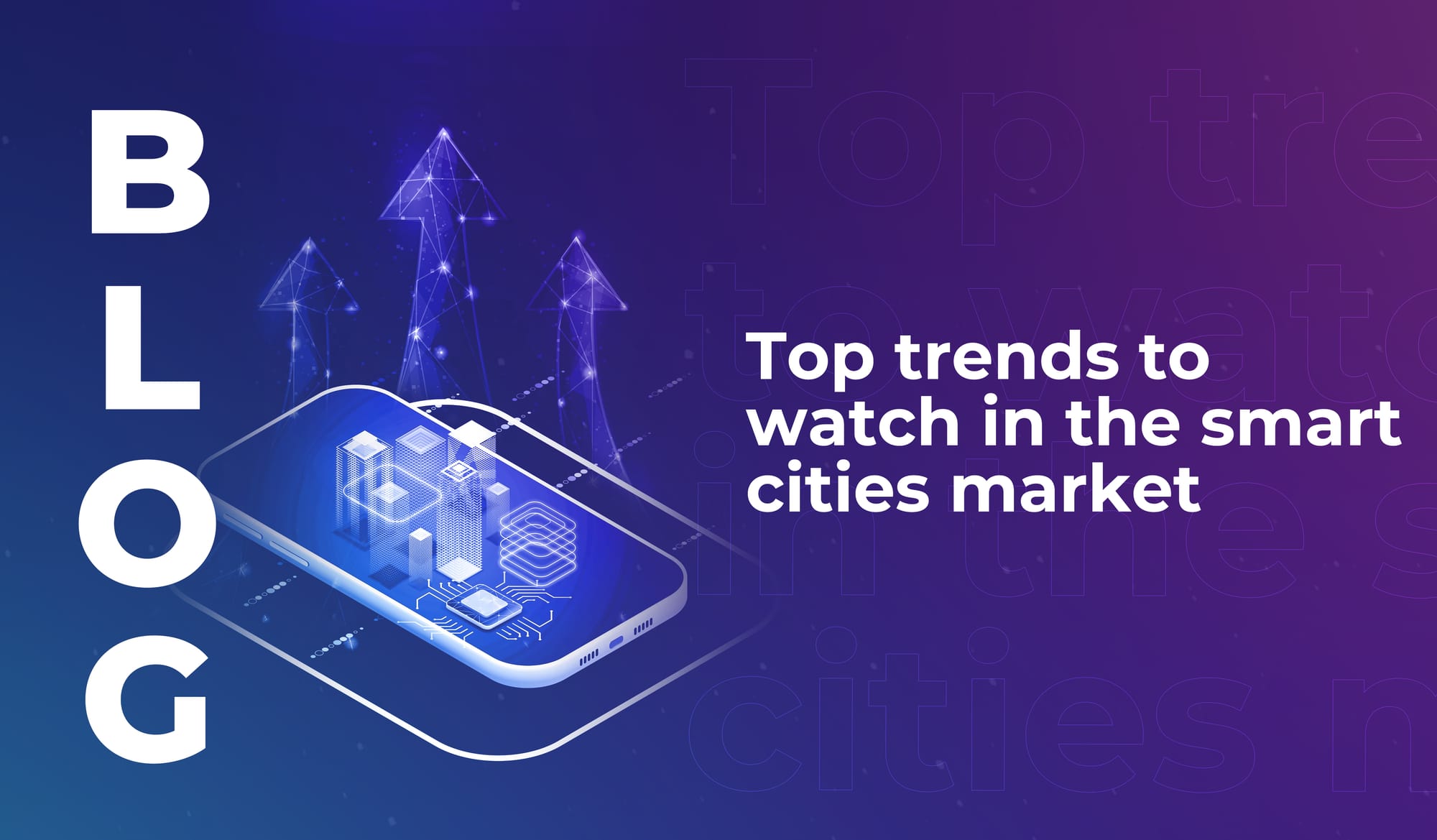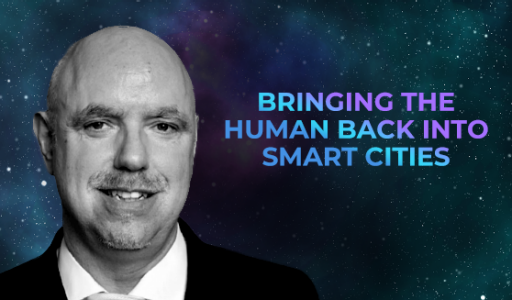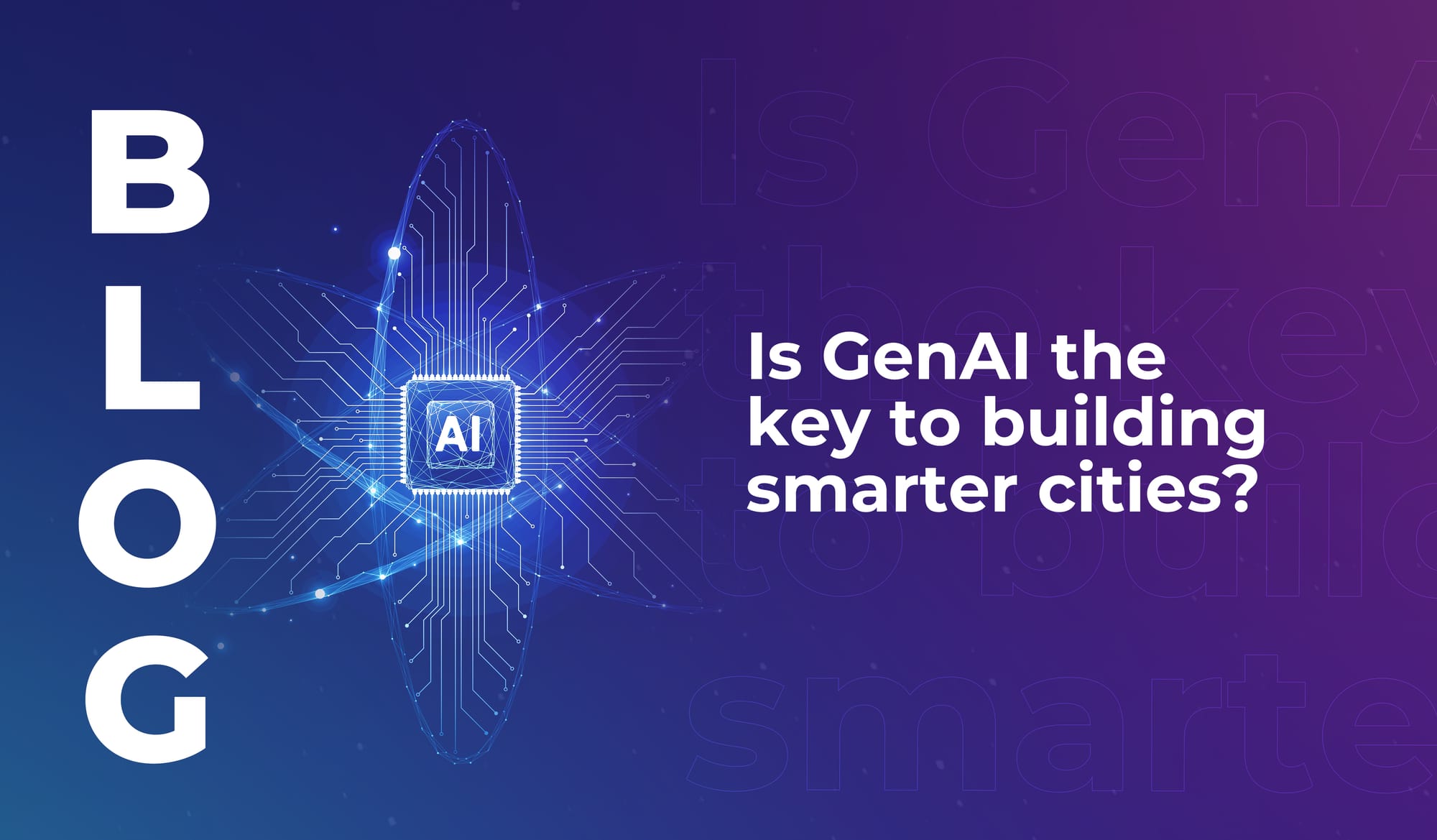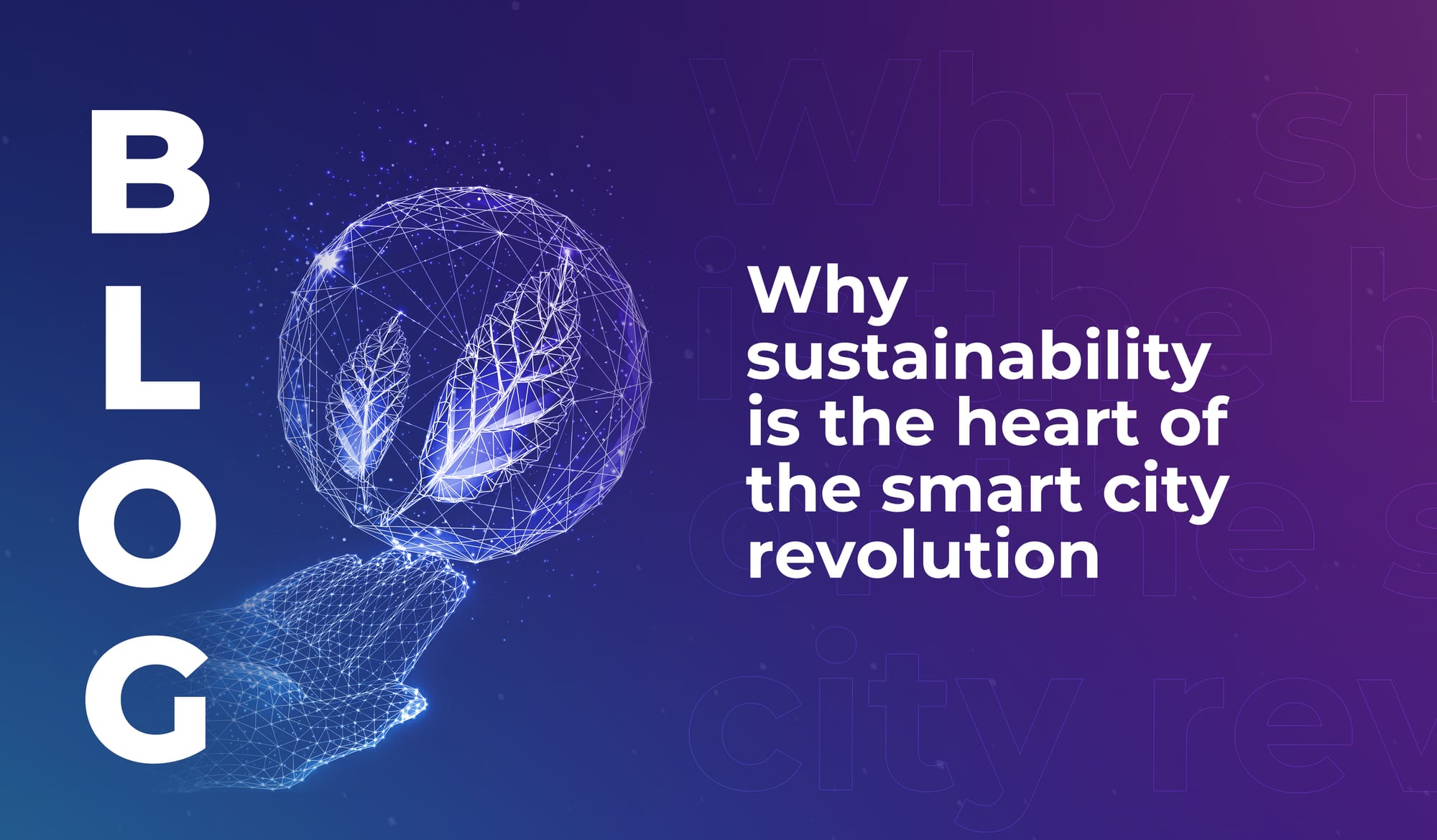
Top trends to watch in the smart cities market
Explore key smart city market trends for 2025–2030, from EV infrastructure to AI-powered waste systems – backed by the latest industry report.


We love smart cities. But while this McKinsey report in 2018 said that smart solutions are making cities more livable, there’s still a way to go before we see the true potential of urban intelligence in action. As of right now, there’s a vast array of digital solutions in operation in cities around the world; from IoT sensors that monitor congestion, to biometrics used by police forces that could reduce fatalities by 80% and cut crime like assault and robbery by 30%.
But when smart city tech is becoming the norm, why are people still experiencing friction every day as they navigate life in densely populated areas – and even in advanced smart cities?
According to Jorge Sebastiao (Co-Founder, Eco X, CBO Simba Storage) at #LEAP22, this is why:
“The smart cities that exist today have not really addressed all the problems, because they’re focused on optimising, rather than on servicing the citizen.”
AI is a central component of smart city development. And AI wants (in as much as AI can currently want anything) to optimise.
In her 2021 book Undoing optimization: civic action in smart cities, Alison Powell (Associate Professor in the Department of Media and Communications at London School of Economics) explored the way that smart city tech has been quietly changing the relationship between governments and city planners, and citizens of cities.
While tech is usually implemented for positive reasons, it’s also driving new forms of citizenship that people haven’t necessarily agreed to. And when optimisation tech is rolled out in ways that people haven’t asked for, or in ways that don’t solve real problems that people are experiencing on the day-to-day, citizens become disillusioned or disinterested in their community – because they don’t feel like they’re really a part of it.
Instead, Powell suggests that smart city development needs to shift away from top-down implementation and towards bottom-up citizen involvement. People don’t want to feel like their data is being used to create solutions that make them (the citizens) more useful and/or less problematic to the city. They want to feel like their data is being used to create solutions that make the city better for them.
Don’t get us wrong – we think smart cities are making incredible leaps in improving sustainability, safety, and citizen life. But Sebastiao (and Powell) make a good point: smart cities need to keep in touch with who they’re serving, and why.
“What we are really trying to do,” Sebastiao said, “is go beyond artificial intelligence. We’re trying to add the human element to artificial intelligence. But much more than that, the data is important, the trust, and the purpose.”
Crucially, he asked: “Who is your customer? Who are you servicing? It’s the citizen. Not the government or the city, it is the citizen that you need to optimise for.”
And Sebastiao’s not alone in advocating for this approach. A new 2022 report by RT Insights noted that “leaders who actively bring citizens into the smart city conversation and consider the long-term impacts of solutions like AI have a better chance of success.”
Leveraging AI tech for the purpose of serving citizens is a key trend in smart city development right now, as more innovators realise that a smart city is nothing if it doesn’t serve its people. And as more smart tech is rolled out in urban areas, with a growing number of services connected to one another, the threat potential for misuse also grows – which means it’s more important than ever for citizens to understand and have a say in the way technology could impact their lives.
Governments and planners (and tech companies) can’t leave citizens out of the loop. But including people in the conversation doesn’t have to be an imposition; it shouldn’t be something that happens just because it’s ‘the right thing to do’.
When you involve the community and listen to their voices, you also benefit from better data: honest, real, and freely shared information about the way people use cities, what they want, and what they’re worried about.
If this kind of data is included in the development of machine intelligence, then the AI of the future won’t just be competent at completing tasks. “We can build purpose into that artificial intelligence,” Sebastiao said. It’ll be grown from a positive foundation – and then that purpose to serve humans will stay with AI long after it starts thinking for itself.

Explore key smart city market trends for 2025–2030, from EV infrastructure to AI-powered waste systems – backed by the latest industry report.

Learn how generative AI is unlocking the true potential of digital twins – to make smart cities more efficient, inclusive, and citizen-focused.

The smart cities of the future will use tech to lower emissions, cut urban temperatures, and improve quality of life in highly populated areas.

Explore key smart city market trends for 2025–2030, from EV infrastructure to AI-powered waste systems – backed by the latest industry report.

Learn how generative AI is unlocking the true potential of digital twins – to make smart cities more efficient, inclusive, and citizen-focused.

The smart cities of the future will use tech to lower emissions, cut urban temperatures, and improve quality of life in highly populated areas.